Of the Pylorus (Stomach gatekeeper) represents the transition between the stomach outlet and the duodenum. It is responsible for the fact that the stomach contents only reach the small intestine and do not come back from there in the homogenized state. The predominant complaints in this area occur as a narrowing in children.
What is the pylorus?
The pylorus (Greek: gatekeeper, guardian) is the part of the stomach that is located in the lower part. Synonymous terms are gastric gatekeeper, gatekeeper and sphincter (Latin: sphincter) pylori. As a ring-shaped sphincter muscle, it closes the stomach outlet and ensures that the stomach contents are transported into the intestine in portions.
As thickened circular muscles of the stomach wall, it attaches to the distal stomach section. The gastric porter is located between the antrum pyloricum, the initial section at the gastric outlet, which lies directly on the stomach body, and the duodenum. At rest, the pylorus is closed and is only opened under certain conditions.
Anatomy & structure
The vestibule (antrum pyloricum), which is located at the stomach outlet, belongs to the gastric porter. This is followed by the porter's canal (Canalis pyloricus), which ends with the pylorus. The doorman represents the transition from the stomach to the duodenum (duodenum).
The muscle that works during opening and closing is called the sphincter pylori muscle. It closes around the opening at the lower end of the stomach (distal, away from the organ) that leads into the duodenum and is called the ostium pyloricum. This is open to the passage of liquid. It expands as soon as solid food components arrive.
Components of the autonomic nervous system (also: autonomous nervous system), which are involved in the control of processes that cannot be deliberately influenced, also belong to the equipment of this part of the digestive tract as well as special glands. These pyloric glands (Latin: Glandulae pyloricae) have exocrine (exocrine, emitting to the outside) gland cells that produce a basic secretion that is not released into the blood.
In addition, there are endocrine (endocrine, inwardly releasing) cells that release hormones into the surrounding blood. These hormones include gastrin, which is responsible for the production of acid in the stomach, and somatostatin, which acts as an antagonist, inhibiting the formation of gastric acid.
Function & tasks
Once the stomach has fulfilled its tasks in digestion, the food pulp arrives at the gastric outlet through peristaltic (Greek: peri, around; put in, set in motion). They are triggered by a stimulus on the vagus nerve. This is localized in the brain, but is not involved in the supply in the head area. It is the largest nerve in the parasympathetic system, which is part of the autonomic or vegetative nervous system and is responsible for almost all organs and glands in the body.
The rhythmic contractions of the muscles cause the small intestine to empty in portions. First of all, a reflex (pyloric reflex) causes the opening to open briefly and allow a small portion (bolus) into the duodenum. Larger proportions are only passed on through more powerful contractions after homogenization at the end of digestion in the stomach. These contractions trigger a number of other processes. These in turn regulate further digestion as well as sensations such as hunger, satiety or bloating.
The porter prevents the intestinal contents from flowing back. The basic secretions from the pyloric glands neutralize the acidic stomach contents. Gastrin, which is produced in the so-called G cells, releases stomach acid, which in turn affects other processes within digestion. It promotes the mobility (motility) of the small intestine and the gallbladder and mediates the release of various substances.
Diseases
A disorder in the function of the pylorus affects the passage that leads into the small intestine. This can be impaired due to a narrowing (pyloric stenosis). The porter does not open. Such changes are mostly caused by the nerves and occur almost exclusively in children. Pylorospasm is a congenital disorder in infancy. Boys are more often affected than girls. The muscles are thickened and cramped. This leads to extreme tightness at the exit and in this way to disturbances during gastric emptying. The infant vomits up the stomach contents over and over again. Food intolerance or infections of the stomach and intestinal tract must be distinguished diagnostically.
Imaging procedures provide information about the presence of a disruption to the porter. Space-occupying tumors that block the exit are less common. If the pylorus does not open regularly, the stomach contents build up in the stomach and stimulate hydrochloric acid production. The concentration of stomach acid increases and there is a risk that the stomach walls will be attacked. An effect occurs when the contents of the duodenum flow back and reach the stomach (reflux). The cause of such symptoms is a non-closing pylorus. Diseases that affect hormone production are related to the formation of gastrin. Tumors that produce gastrin are called gastrinomas.
The Zollinger Ellison Syndrome is a special form. The symptoms that occur are the result of excessive gastrin production by tumors located in the pancreas or the duodenum. This massive increase in gastrin can be detected with a blood test. The cells that produce hydrochloric acid are enlarged. About half of them are malicious.
Typical & common bowel diseases
- Crohn's disease (chronic bowel inflammation)
- Inflammation of the intestine (enteritis)
- Intestinal polyps
- Intestinal colic
- Diverticulum in the intestine (diverticulosis)

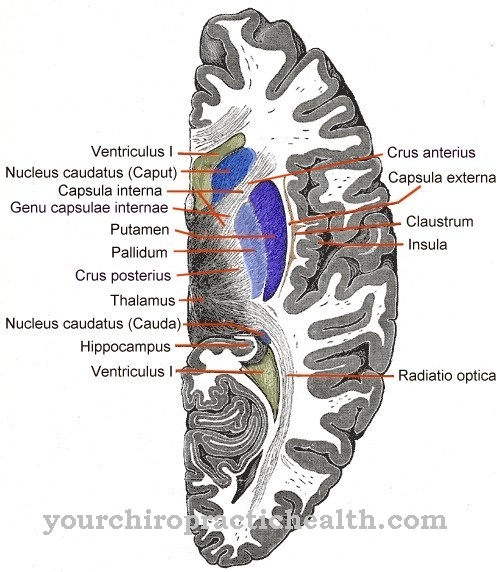
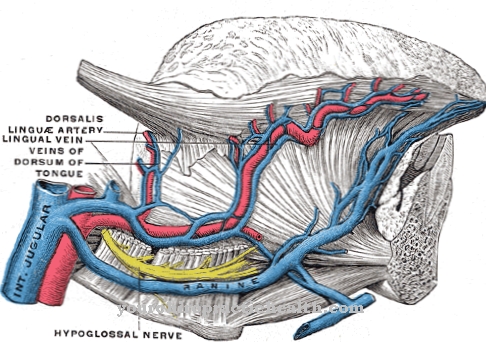
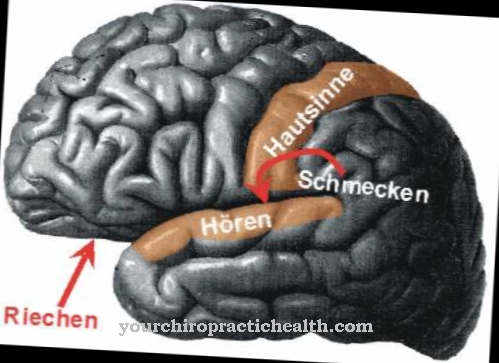

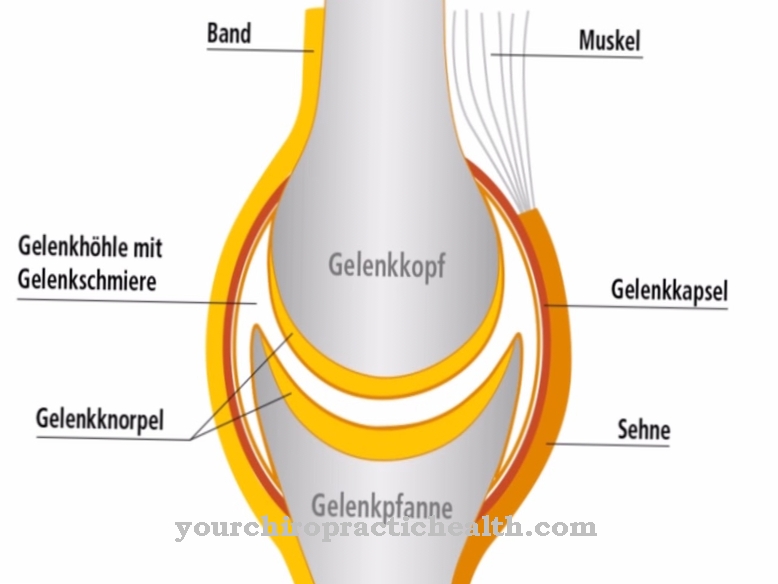
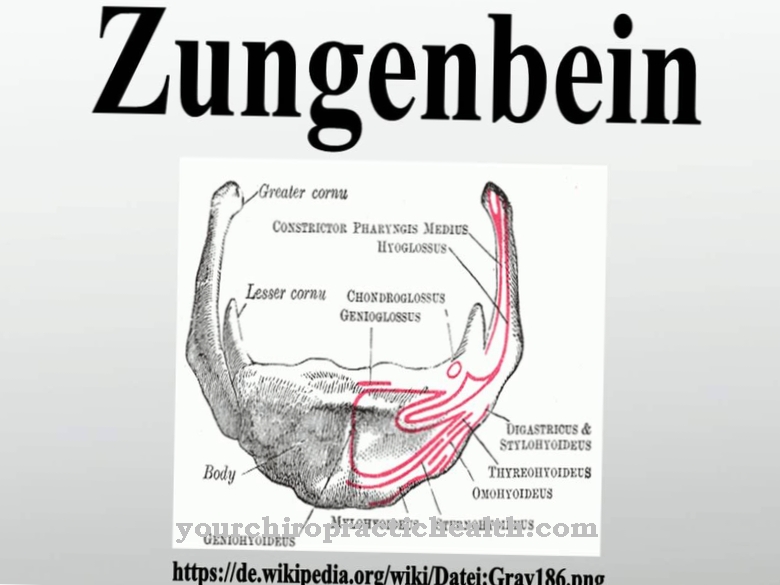

















.jpg)



